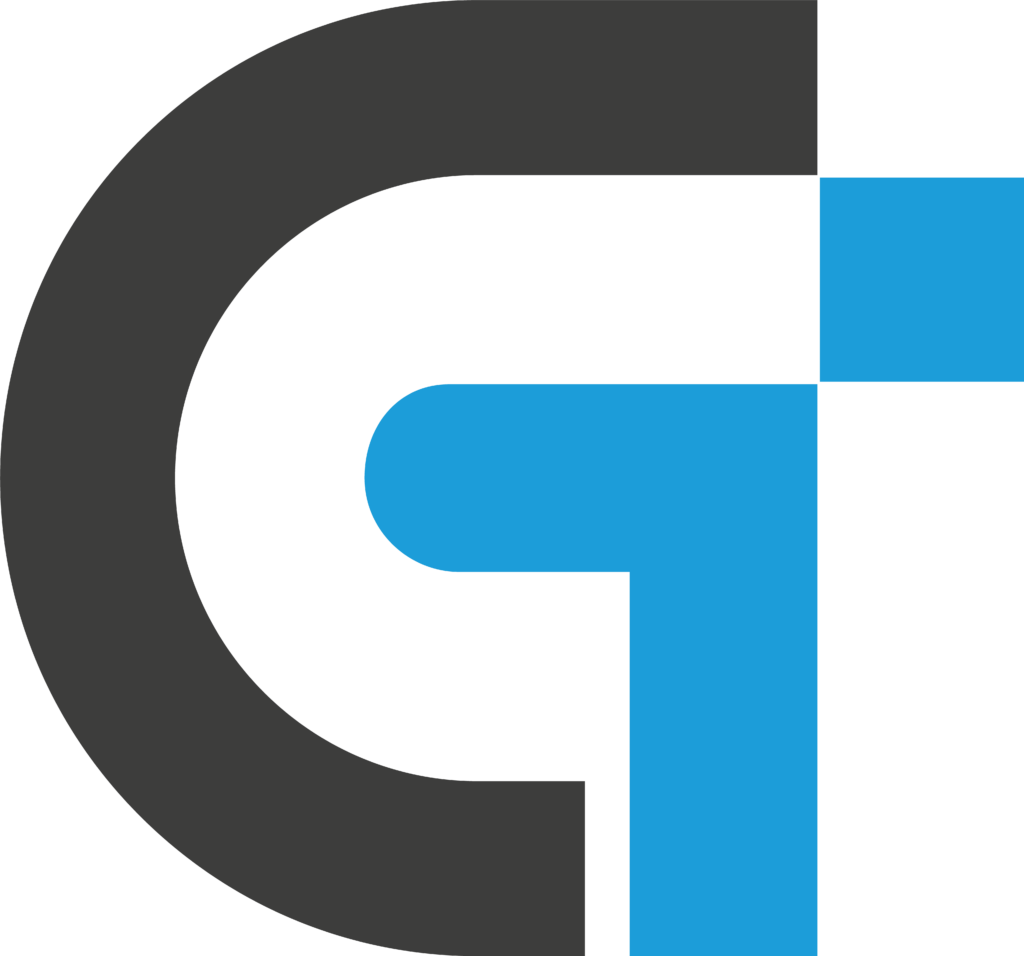Prompt engineering – the art of crafting clear instructions for AI language models like ChatGPT – is a skill that can significantly enhance your interactions with this cutting-edge technology. By providing well-structured prompts, you open the door to more accurate, relevant, and high-quality responses tailored to your needs. This comprehensive guide will equip you with the knowledge and techniques to unlock ChatGPT’s full potential.
At its core, prompt engineering involves furnishing an AI model with instructions and context to guide its text generation process effectively. For ChatGPT, this entails carefully framing your input to steer the model’s responses in the desired direction. Adhering to the following key principles will lay a solid foundation for crafting compelling prompts:
Ambiguity is the enemy of effective prompting. Be explicit about the task you want ChatGPT to perform, leaving no room for misinterpretation. Use precise language and avoid vague or open-ended statements.
Provide relevant background information, examples, or references to help ChatGPT better understand the context in which it should generate its response. This contextual input acts as a guiding light, ensuring the model’s output aligns with your expectations.
Specify the desired tone, voice, and level of formality for ChatGPT’s response. Whether you need a professional, academic, or conversational style, explicitly stating your preferences will shape the model’s output accordingly.
For complex tasks, breaking down your prompt into a series of clear, sequential instructions can dramatically improve the quality and coherence of ChatGPT’s output. Well-structured steps provide a roadmap for the model to follow, ensuring a logical flow and completeness.
With a solid understanding of the fundamentals, you’re ready to dive into the art of prompt crafting. Follow these steps to create prompts that truly harness ChatGPT’s capabilities:
Every great prompt starts with a well-defined task. Ask yourself: What specific outcome do I want ChatGPT to achieve? Clearly state this upfront in your prompt, setting the stage for the model’s response.
Examples:
– “Summarize the key events of the American Revolution in a concise, easy-to-understand manner.”
– “Provide a detailed, step-by-step guide for setting up a wireless home network.”
– “Write a short, whimsical children’s story about a talking flower, suitable for ages 5-8.”
To steer ChatGPT towards your desired output, supply it with helpful context. This could include background information, specific requirements, or examples to model its response after. The more context you provide, the better the model can tailor its output to your needs.
For instance, if requesting a poem, you might include:
– The desired theme or subject matter (e.g., nature, love, or a specific event)
– The intended tone and style (romantic, humorous, free verse, or a particular poetic form)
– An example poem or excerpts to inspire the model’s creative approach
For more complex tasks, break down your prompt into a series of step-by-step instructions. This focused guidance will help ChatGPT organize its response and ensure all necessary components are addressed.
Example prompt structure:
Your task: Write a persuasive essay arguing in favor of [your position].
Instructions:
1. Begin with an engaging introductory paragraph that clearly states your stance.
2. In the body, present 3-4 key arguments supporting your position, with relevant evidence and examples for each.
3. Address 1-2 potential counterarguments, respectfully acknowledging and rebutting them.
4. Conclude by restating your position and summarizing its main supporting points in a compelling manner.
Additional Requirements:
– Approximately 500-600 words
– Use a formal, objective, and well-reasoned tone
– Include section headings to organize the content logically
Don’t hesitate to refine your prompts based on ChatGPT’s initial responses. If the results are unclear, incomplete, or not meeting your expectations, rephrase your instructions, add or remove context, and tweak the prompt until you achieve the desired output.
Pay close attention to areas where the model may have misinterpreted or missed key elements of your prompt. Adjusting the wording, providing additional examples, or breaking down the instructions further can often resolve such issues.
As you become more comfortable with the basics of prompt engineering, experiment with advanced techniques to push the boundaries of ChatGPT’s capabilities:
Instead of limiting your prompts to a single task, challenge ChatGPT by combining multiple objectives into one cohesive prompt. For instance, you could ask the model to:
– Analyze a complex topic, identify key points, and synthesize them into a concise summary
– Generate ideas for a new product or service, and then draft a persuasive marketing pitch promoting those ideas
Tap into ChatGPT’s creative potential by crafting prompts that encourage imaginative responses. You could ask the model to:
– Write a dialogue between historical figures, blending fact and fiction
– Develop fictional characters or settings, complete with rich descriptions and backstories
– Explain abstract concepts using vivid metaphors, analogies, or personification
For more dynamic interactions, incorporate conditional elements into your prompts. This technique allows ChatGPT to adapt its responses based on specific conditions or scenarios you provide.
Example:
You are an AI assistant helping a user plan their vacation. Ask the user a series of questions to determine their preferences (destination, budget, travel dates, interests, etc.). Then, based on their responses, provide tailored recommendations for flights, accommodations, and activities that fit their needs.
To further enhance your prompting skills, keep these additional tips and best practices in mind:
Ambiguous or vague prompts can lead to confusing or off-topic responses from ChatGPT. Use precise language, and be as specific as possible in your instructions and requirements.
While being concise is important, ensure you provide enough context for ChatGPT to understand the task and generate relevant responses. Strike a balance between brevity and completeness.
The tone of your prompt can significantly influence the model’s output. Maintain a consistent tone throughout, whether it’s formal, casual, or anything in between.
Before submitting your prompt, thoroughly proofread it for spelling, grammar, and clarity. Errors or inconsistencies in your prompt can lead to unexpected or inaccurate responses from ChatGPT.
Prompt engineering is a skill that improves with practice. Don’t be discouraged if your initial prompts don’t yield perfect results. Iterate, refine, and experiment until you find the techniques that work best for your specific needs.
With clear, well-crafted prompts and a willingness to learn and adapt, you’ll unlock the full potential of ChatGPT and harness the power of this remarkable AI language model. Keep prompting, keep learning, and prepare to be amazed by the possibilities that lie ahead..
This article is generated by SafeComs AI, Automation Bot.





Leave a Reply